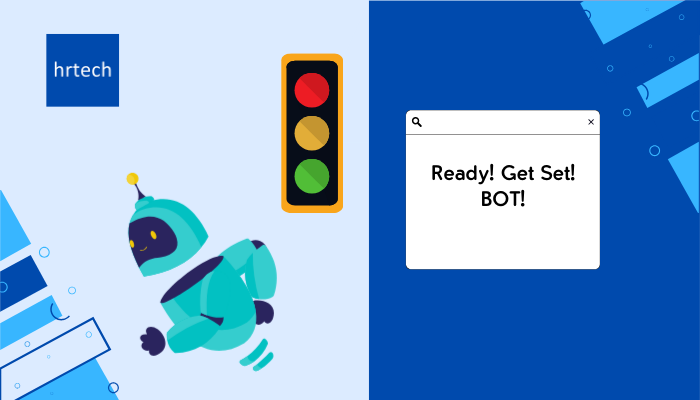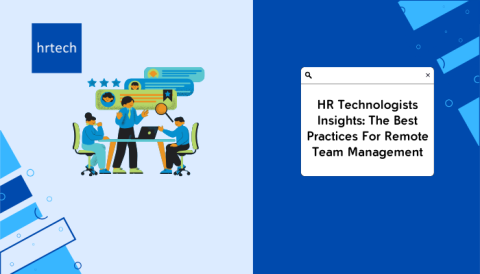The roles and functionality of Chatbots have advanced significantly, thanks to advancement in cloud computing powers. The question really is to have clarity of your Bot’s purpose and taking the first step to understand how bots can work virtually as your digital workforce to operate business with higher efficiency and productivity.

Imagine, you go to a service or product provider, open up a “Live” chat service, ask a question and receive an answer. Well, that’s what many potential customers are experiencing in a highly digital world today. But what sets the user experience apart is how fast they get their required information to determine if any business dealings can be concluded. The differentiator for business operations comes down to the business still relying on costly human agents to “standby” and answer the question as compared to interacting with an artificially intelligent Chatbot.
As businesses expand globally, the need to cater to different time zones and the human agents’ standard remains to be operationally challenging to many businesses. What if, we are able to train our Chatbots to mimic human behavior with a large range of response and datasets to help the business take care of employees’ queries in a manner that is instant, intelligent and operating continuously?
Aggressive expansion of employees led businesses to set-up Shared Services Centers. How should we be operating in a leaner, smarter and more intuitive way? Let us explore the technologies for HR to create a brand-new employee experience.
1. Natural Language Processing (NLP)
Language acquisition is one of the quintessential human traits with the capacity to perceive and comprehend meaning, and often used in communication. Accelerated developments have become highly imperative in business processes where data are turned into intuitive conversations with humans, especially in the space of intelligent Chatbots.
2. Robotic Process Automation (RPA)
RPA is a software robot that mimics the human action of operating computer systems. Usually, it is operated by a rule-based instruction to perform an automated task that is repetitive and has systematic inputs. This is the backend engine that gets task completed in quick and error free situations. Automating repetitive business processes as a core outcome is what RPA does.
3. Artificial Intelligence (AI)
AI comes into play while transmitting the power from the engine of RPA. Using a neural network to “Learn”, this involves getting computational output derived from looking at a large number of data sets to identify principles that link each of the data together. Simply, modelling how the human brain works, and replicating the size-to-power computing abilities. Different tools for different job, that’s where the different layers of technologies like intent detection, Machine learning come together to process the necessary outcomes for intelligent Bots.
4. Extract, Transform, Load
Information seeking bots are relatively easy to build while transactional bot is more complex due to the need to program them to complete task.
What we have delivered varies from information seeking bots that deliver a rule-based answer to a question that the user inputs. Transactional bots that we have built, complete the task without human intervention and keeps necessary systems updated.
Recently, we had integrated our technology in SAP SuccessFactors to perform CRUD (Create, Read, Update and Delete) function without the need for HR administrators to log into the system to update it. What enterprises can really tap on the technology is to consider 2 options, namely:
1. Having a Bot to perform as a standalone application that is integrated into SuccessFactors.
2. A SuccessFactors self-authenticating extension bot that is built onto the platform.
Depending on the level of API access that the HR teams have with regards to the system, we program Bots that caters to existing situations, removing the need for human intervention for administering HR operations.
5. Rapid API integration
Having an open API future-proof your bots. With an open architecture, it means that your bots can quickly learn new skills and be prepared for the future. Or even be integrating with third party services or APIs, etc. giving the bot a broader depository of data and intuitiveness.
Unique to us, we develop and deploy our technology onto existing internal platforms due to the need for employee data protection. In other words, we build the technology exclusive for businesses to solve their existing problems using our proprietary AI services.
Traditionally, personnel management function evolved to manage the administrative functions and other employee-employer relationship and activities. Human Resource Management then evolved to manage decisions and practices that directly influence the employees transitioning to a “People-centric” function.
However, the reality of practices seems to continually hang onto a perceived administrative function. The need to attain technologies to aid the function to become strategic becomes imperative for survival. Having the administrative function handled by Intelligent Chatbots, leaving the “Human” HR to perform strategically will help drive businesses forward.
The roles and functionality of Chatbots have advanced significantly, thanks to advancement in cloud computing powers. The question really is to have clarity of your Bot’s purpose and taking the first step to understand how bots can work virtually as your digital workforce to operate business with higher efficiency and productivity.
Expectations for the future of HR is to be S.C.A.M:
Scalable – The ease to expand the function to do more with less
Cost-Effective – The need to operate in a faster, cost-friendly and better way
Automated – The requirement to be “Human-error” free with lesser human interventions
Manpower-independent – Having a digital workforce serving the people and business
Concluding thoughts with these famous words by Nokia CEO, Stephen Elop:
“We didn’t do anything wrong, but somehow, we lost...”
About the author :

Jian Hong has spent the last 17 years in the Human Capital Sector, prior to Co-founding Su-Ette, a company focused on bringing Advanced AI and NLP technologies to serve the HR function through the use of Smart Bots. He holds a Master’s Degree in Human Capital Management and Bachelor Degree in Psychology.





